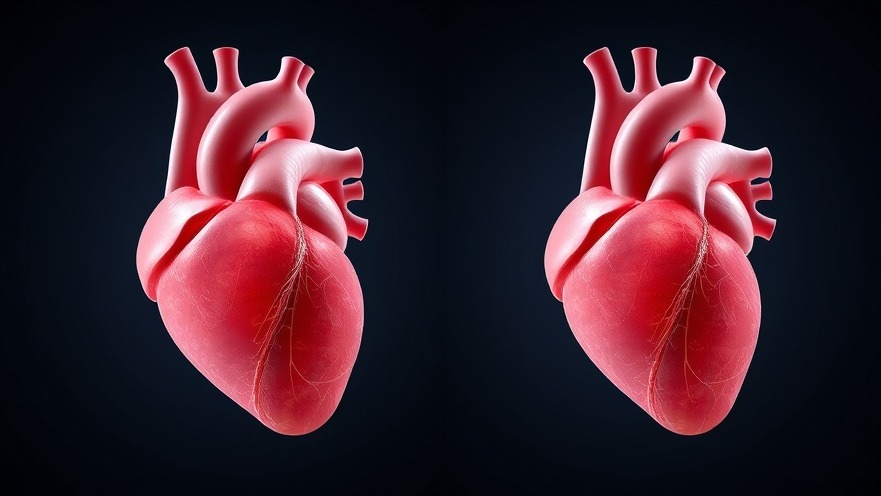
Advancements in Medical Technology: 3D Heart Reconstructions
In a groundbreaking initiative, researchers from Pompeu Fabra University and the Royal Veterinary College of London are pioneering the use of 3D reconstructions of animal hearts. This project, which has successfully generated detailed images of cats' hearts, aims to provide critical insights into blood clot formation and its implications for human health. By utilizing advanced computational techniques historically applied only to human subjects, the study seeks to bridge the gap between animal research and human medicine.
Understanding Thrombus Formation: Why Cats?
The focal point of this research is the left atrium, an area where thrombi, or blood clots, can initiate serious health issues like heart attacks. The unique morphology of feline heart tissue presents a valuable opportunity for exploration. Unlike many other species, cats have heart structures that reflect more complex flow dynamics, making their study crucial for understanding thrombus development. Researchers believe that by examining these anatomical features, they can draw parallels to human hearts, informing preventive measures for both humans and animals alike.
Ethical Considerations: Reducing Animal Experimentation
One of the most commendable aspects of this research is its commitment to reducing the reliance on animal experimentation. As these 3D reconstructions become available, researchers can simulate blood flow and thrombosis in a controlled computational environment. This shifts the research paradigm from live experiments to virtual models, emphasizing humane treatment of animals while still advancing scientific understanding.
Future Directions: Expanding Research Beyond Cats
While the initial study focuses on cats, efforts are already underway to extend this technology to other species like dogs, pigs, and sheep. Each animal offers unique insights into cardiovascular function, which will enhance the collective understanding of thrombus formation and potential prevention strategies. As these different models are developed, they will create a more comprehensive picture of cardiac health across diverse species.
Implications for Patient Care: How This Research Benefits Health Practitioners
For concierge health practitioners looking to stay ahead of medical developments, this research offers significant implications. Understanding thrombus formation through animal modeling could lead to more effective interventions in human patients, especially those at heightened risk for cardiovascular diseases. Further, as new non-invasive techniques emerge from this research, they will provide health practitioners with innovative strategies to manage patient health more effectively.
Lessons Learned: The Intersection of Technology and Medicine
The melding of advanced technology with traditional medicine underscores a dynamic shift in how healthcare solutions are conceptualized and implemented. By employing computer simulations and 3D modeling, health professionals can glean insights that would have been difficult to uncover through conventional methods. This evolution fosters new conversations regarding patient care and safety, while also setting a precedent for future research methodologies.
Join the Conversation: Share Insights and Best Practices
As healthcare practitioners, it is vital to engage with these advancements and translate them into practice. Continuous learning and adaptation will be essential as new technologies emerge, influencing patient care strategies. Sharing insights and environments foster collaborative relationships, promoting a shared goal of enhancing health outcomes for patients.
In conclusion, the intersection of 3D technology and veterinary medicine presents exciting prospects for understanding and preventing thrombus formation. As research progresses, these insights will empower health practitioners to innovate and refine their approaches to patient care.
Call to Action: Stay informed about the latest medical technologies and how they can transform practice outcomes. Embrace these advancements to proactively improve your patient care strategies.
 Add Row
Add Row  Add
Add 






Write A Comment